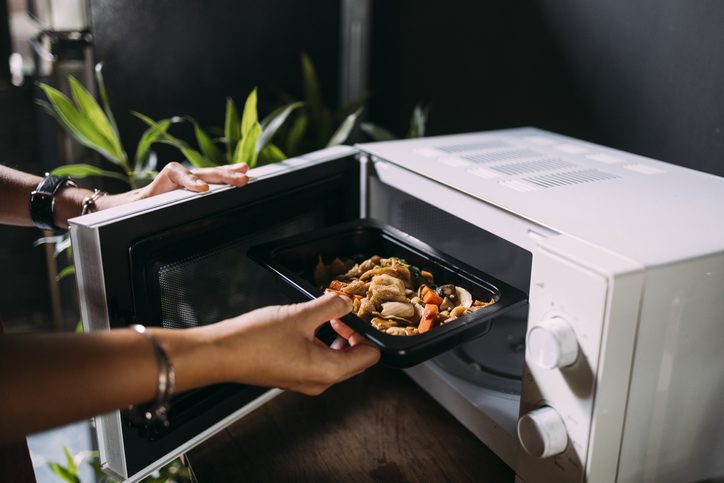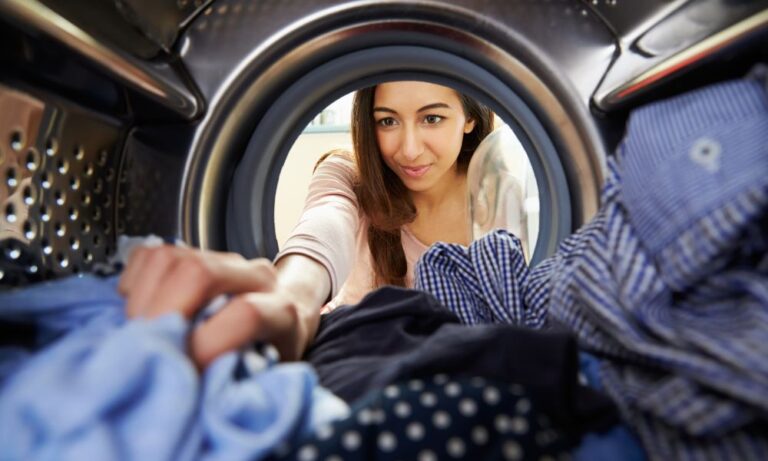PhD student Kazi Albab Hussain was surprised by the volume of a confetti-like substance found under the microscope in food stored in plastic containers.
While researching silver nanoparticles in food at the University of Nebraska–Lincoln, Hussain’s research took another turn.
He found, microwaving significantly expedited the process, with certain containers releasing an astonishing volume of microplastics and nanoplastics.
In just three minutes, some containers emitted up to 4.22 million microplastic particles (particles smaller than 5 millimeters) and 2.11 billion nanoplastic particles (particles approximately 70 times smaller than the width of a human hair) per square centimeter of surface area.
So we had to ask, what happens when you put plastic in the microwave?
When you put food in plastic containers in the microwave, several things can happen:
Melting: Some plastics can melt when exposed to high temperatures in the microwave. This can lead to deformed containers and potential chemical leaching into your food.
Chemical Leaching: Certain plastic containers may release harmful chemicals into your food when heated. Bisphenol A (BPA) and phthalates are examples of chemicals found in some plastics that can potentially migrate into food when exposed to heat.
Food Safety: If the plastic container is not microwave-safe, it can become damaged or even catch fire in extreme cases, posing a safety hazard.
How to microwave food safely in plastic containers:
- Use microwave-safe containers: Look for containers labeled “microwave-safe” or with a microwave symbol (often represented as wavy lines) on the bottom.
- Avoid plastics with recycling codes 3 (polyvinyl chloride or PVC), 6 (polystyrene or PS), and 7 (other) unless they are explicitly labeled as microwave-safe. Plastics with recycling codes 1 (polyethylene or PET), 2 (high-density polyethylene or HDPE), 4 (low-density polyethylene or LDPE), and 5 (polypropylene or PP) are generally considered microwave-safe.
- Use microwave-safe covers or microwave-safe plastic wrap to prevent food splatters.
- Don’t microwave foods with plastic containers that are cracked, damaged, or warped, as they are more likely to release harmful chemicals.
- Transfer food to glass or ceramic containers if you’re uncertain about the safety of plastic containers.
It’s important to use microwave-safe containers and follow the recommended guidelines to ensure both your safety and the safety of your food when microwaving with plastic.







